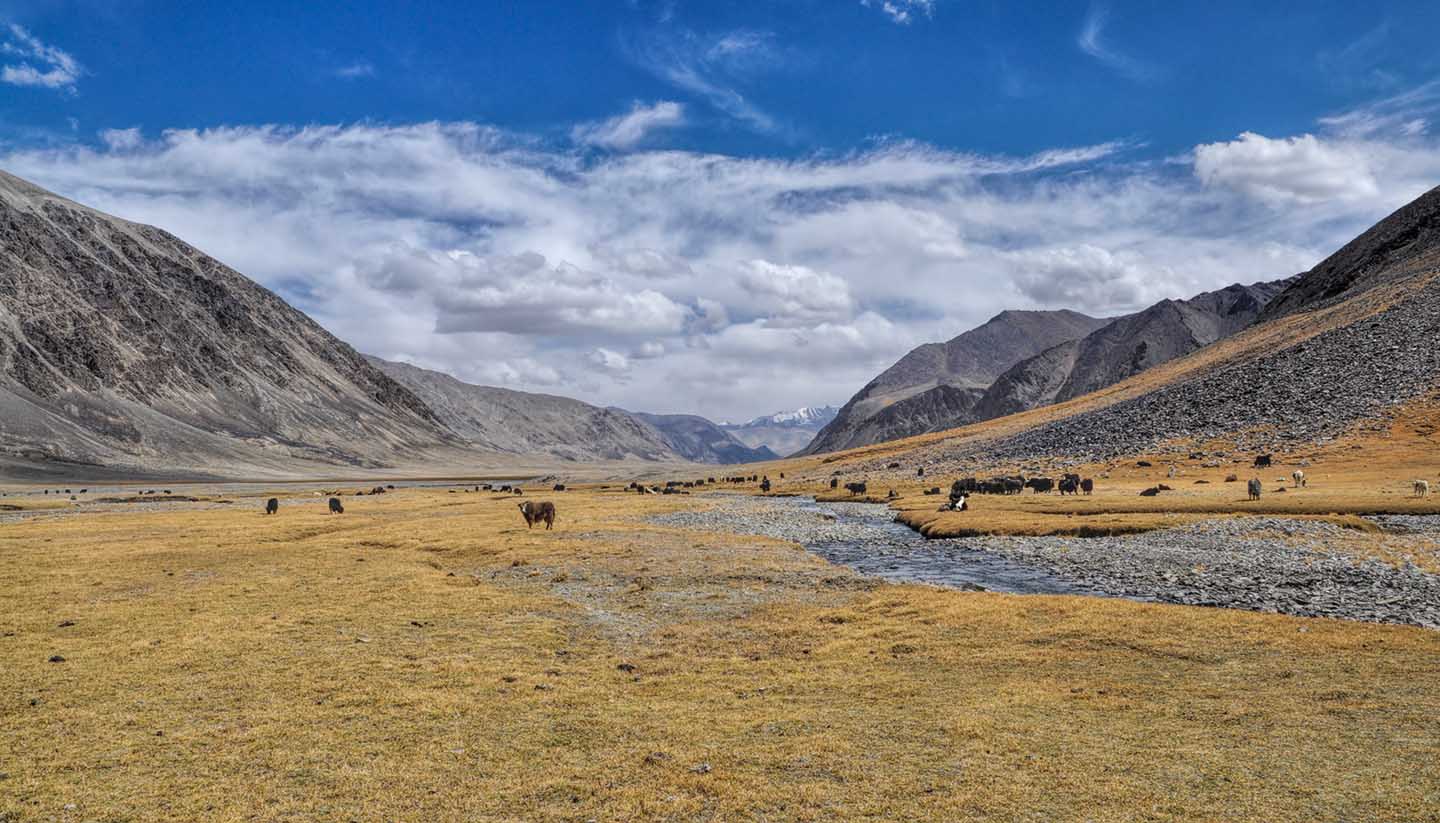Tajikistan History, Language and Culture
History of Tajikistan
Strictly speaking, the history of Tajikistan as a nation begins as recently as 1991, when the Tajik Soviet Socialist Republic (part of the former USSR) became an independent country. Sadly the new country immediately fell into civil war – a bloody and unpleasant conflict involving divided ethnic factions, regions and ideologies.
The war ended with the signing of a peace accord in 1997 and the appointment of President Emomalii Rahmon. The topic of the civil war is still simmering under the surface in Tajikistan in some quarters and relics of those times do still remain.
Human activity in Tajikistan can be traced back as far as 6500BC, when Neolithic cave dwellers settled in the mountains. All the communities that have subsequently attempted habitation of the region – which is characterised by its remoteness and harsh climate – have endured tough conditions and, consequently, only the hardy few have made it their home.
The first traveller of global consequence to the region was Alexander the Great. He travelled through present day western Tajikistan, marrying the infamous Roxana to cement local relations. His army made a number of forays into the Fann Mountains and Western Pamir, chasing down local marauders and searching for an eastward route through those ranges towards present day India.
Various myths abound regarding how far the scouting parties got in their search beyond the then ‘known’ world. There are fables suggesting that some garrisons remained in the valleys of the Western Pamir, which might attempt to explain the real and obvious ethnic diversity of these present day communities – to this day you can see European faces with blond or red hair colour in isolated valleys.
In the 8th Century the region was conquered by the Umayyad Empire, hailing from Mecca. The incursion first introduced the Islamic religion to the region – a heritage that has survived waves of successive empires from Mongol, Timurid, Persian, Tsarist and, lastly, Soviet origin.
Another globally renowned traveller, Marco Polo, made a dent in Tajik history in successfully establishing an international trade connection through the Pamir. That embryonic ‘Silk Road’ would actually become a network of routes through the region and Polo was able to document and reveal the scale of the geographic barrier that was the Pamir range, which had defeated Alexander over 1500 years before.
His exploration was subsequently followed five more centuries later by Russian and British military expeditions to the region that came again under the guise of explorers. During the period referred to as ‘The Great Game’, the British and Tsarist empires vied for control of the region, beginning the process of establishing the first geopolitical boundaries.
Did you know?
• There are more than 900 rivers in Tajikistan that are longer than 10km (6 miles).
• Russian soldiers reported seeing a Yeti in the Pamir Mountains. Like the Loch Ness Monster, the legend of the Tajikistan yeti still persists today.
• There are thought to be as few as 3,500 snow leopards left in the wild – 300 are thought to live in the Tajik Pamirs.
Tajikistan Culture
Religion in Tajikistan
Predominantly Sunni Muslim (80%) with a small Shi'ite Muslim minority (5%). A large Ishmaeli minority exists in the Pamirs. There is also a smaller and shrinking Russian Orthodox minority and a small Jewish community.
Social Conventions in Tajikistan
Lipioshka (bread) should never be laid upside down, and it is normal to remove shoes, but not socks, when entering someone's house. Shorts are rarely seen in Tajikistan and, if worn by females, are likely to provoke unwelcome attention from the local male population.
Language in Tajikistan
Tajik is the official language, an ancient Persian language similar to the languages of Iran and Afghanistan. In the Pamir Mountains, there are at least five different languages, all related to an even more ancient form of Iranian. Russian is widely used (35% of the population speak Russian fluently), and discrimination against Russian speakers is prohibited by law. English is sometimes spoken by those involved in tourism.


